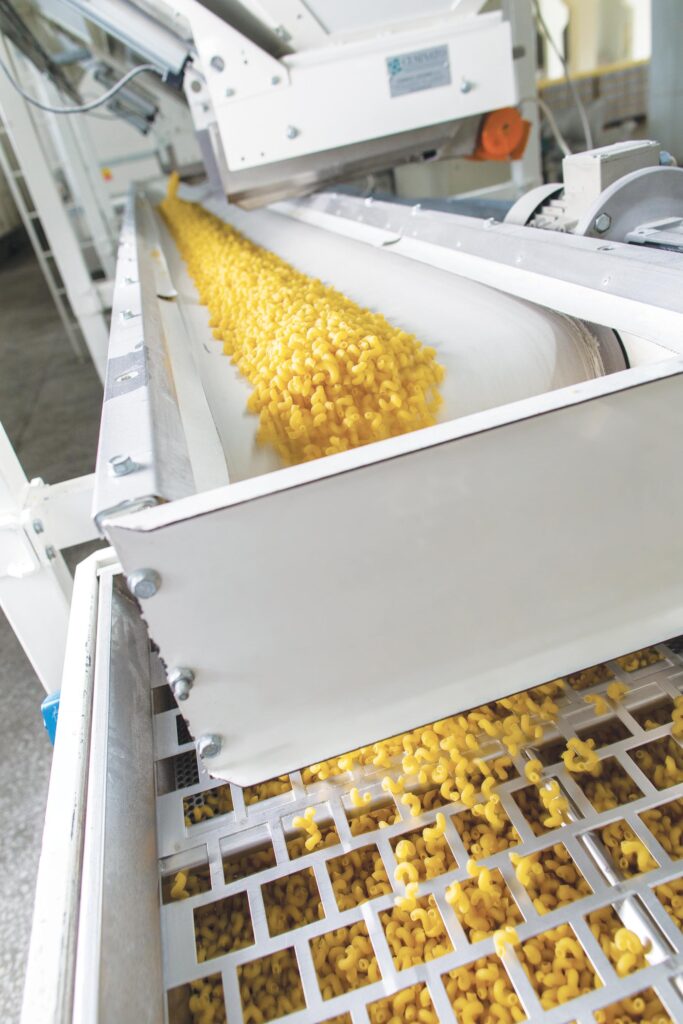 Effect of different process parameters on the technological attributes of spaghetti and the digestion of their starch.
Effect of different process parameters on the technological attributes of spaghetti and the digestion of their starch.
Pasta made from durum wheat is considered a food with a low glycemic index value, but the processing and cooking technologies influence the product structure and can potentially alter starch digestion. In this context, a recent study carried out by a group of international researchers (Sissons et al., 2022), investigated the effects of these variables on the quality of spaghetti samples with different protein content (varied by using different gluten levels in the dough).
The results show that a reduction in cooking time results in a significant decrease in the glycemic index of the product, especially in spaghetti with higher protein content. It has also been observed that a finer semolina particle size may promote a more compact structure, and help to reduce starch digestion under in vitro conditions. The addition of a structural enzyme (Transglutaminase) in the pasta formulae improved overcooking tolerance in low protein pasta, especially in the case of pasta with lower protein content, with no effect on starch digestion.
Finally, even varying extrusion conditions of the product do not impact starch digestion. In conclusion, the authors argue that further work is needed to analyze the impact of various processing variables on starch digestion under in in vivo conditions, and to elucidate the mechanisms of how semolina particle size influences the starch-gluten matrix.
Extension of the shelf-life of fresh pasta using modified atmosphere packaging and bioprotective cultures.
The microbiological stability of fresh pasta depends on several factors, including heat treatment and storage conditions. In this context, a recent study, carried out by a group of Italian researchers (Marzano et al., 2021), aimed at improving this stability using modified atmosphere packaging (Map), and packaging materials with high barrier capacity with the addition of bioprotective cultures(Lactobacillus acidophilus, Lactobacillus casei, Bifidobacterium spp. and Bacillus coagulans) into semolina.
Although not all of these bioprotective cultures were able to grow under the tested conditions, their metabolites were effective in controlling product spoilage. It has been observed that their presence significantly alters the profile of organic compounds. In particular, the authors point out that the combined use of MAP packaging (CO2:N2 40:60%), high-barrier materials and bioprotective cultures can be considered a helpful strategy to increase the shelf-life of pasta for additional 30 days.
In conclusion, although the results obtained so far are very promising, further work is still needed to investigate the links between the composition of the microbial assembly of the culture, that of the packaging atmosphere and the quality of the fresh pasta.
References: Sissons et al., Foods, 11, 2022, 1-16; Marzano et al., Frontiers in Microbiology, 13, 2022, 1-17.



